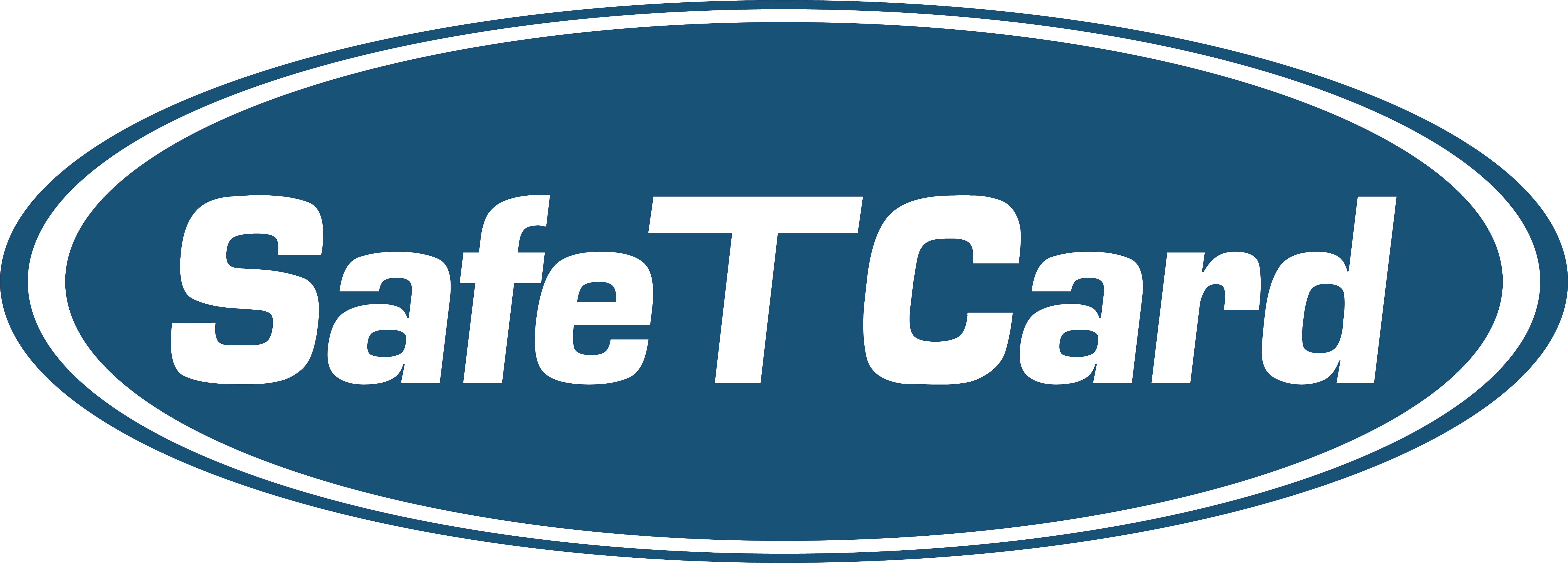Ensuring the safety of lone workers is a critical aspect of workplace safety that often requires specialised attention. Lone workers, who operate independently without direct supervision, face unique risks and challenges. In Australia, many industries, including healthcare, construction, security, and remote fieldwork, employ lone workers, making it essential for organisations to implement robust safety measures.
This article explores the facts about lone worker safety, including the risks, responsibilities, and personal safety solutions available to organisations in Australia.
Why lone worker safety matters
Lone workers face a variety of risks that can be more pronounced due to their isolation. These risks include:
- Physical accidents: Without immediate assistance, minor injuries can quickly become serious. Falls, trips, and accidents involving machinery are common hazards.
- Violence and aggression: Lone workers, particularly those in public-facing roles, may encounter aggressive or violent behaviour from clients or the public.
- Health emergencies: Medical emergencies such as heart attacks, strokes, or severe allergic reactions pose significant risks without prompt intervention.
- Environmental hazards: Remote and isolated work environments can expose workers to extreme weather conditions, dangerous wildlife, or hazardous substances.
- Psychological stress: Working alone can contribute to feelings of isolation, anxiety, and stress, which can impact mental health and overall well-being.
Without immediate assistance, these situations can quickly escalate. SafeTCard understands these challenges and provides outstanding lone worker safety solutions designed to mitigate these risks effectively.
Employer responsibilities
Under Australian workplace health and safety laws, employers have a duty of care to ensure the safety and well-being of their employees, including lone workers. Key responsibilities in lone worker safety policy include:
- Risk assessment: Conducting thorough risk assessments to identify potential hazards specific to lone working situations and implementing measures to mitigate these risks.
- Safety training: Providing comprehensive training on personal safety, emergency response, and the use of safety equipment. Training should be regularly updated to address new risks and technologies.
- Communication systems: Ensuring effective communication systems are in place for regular check-ins and emergency alerts. This includes providing reliable tools for lone workers to stay connected.
- Health monitoring: Implementing systems to monitor the health and well-being of lone workers, especially those in physically demanding or hazardous environments.
- Emergency procedures: Establishing clear and accessible emergency procedures and ensuring all workers are familiar with them. Regular drills and reviews of these procedures are essential.
SafeTCard’s comprehensive safety solutions
To address the unique challenges faced by lone workers, organisations can leverage a range of personal worker safety solutions. SafeTCard provides several advanced safety devices and systems designed to protect lone workers:
1. SafeTCard 4G Companion:
- Features: GPS positioning on activation, emergency button, fall detection, two-way communication.
- Benefits: Real-time location positioning on activation and immediate assistance in emergencies provide peace of mind and enhanced safety.
2. SafeTCard ID:
- Features: Discrete design, GPS positioning on activation, emergency button, two-way audio.
- Benefits: Inconspicuous protection and reliable monitoring ensure safety without drawing attention.
3. SafeTCard Mobile App:
- Features: Emergency alert, GPS positioning on activation, check-in feature, man down detection.
- Benefits: Utilises existing smartphones for cost-effective and comprehensive safety.
4. SafeTCard ARC Bivy Stick:
- Features: Satellite communication, SOS button, GPS positioning on activation, weather updates.
- Benefits: Ensures connectivity and safety in remote areas without cellular coverage.
Industry applications
SafeTCard’s solutions are designed to meet the needs of various industries, including:
- Healthcare: Protecting nurses, home healthcare workers, and other medical professionals who often work alone in high-risk environments.
- Construction and mining: Ensuring the safety of workers in isolated or hazardous locations.
- Social services: Providing security for social workers who may face unpredictable situations in clients’ homes.
- Retail and hospitality: Offering protection for employees who work late hours or in remote areas.
Compliance and peace of mind
Staying compliant with Australia’s stringent workplace safety regulations is essential. SafeTCard’s solutions help businesses meet these requirements, avoiding potential fines and legal issues. More importantly, they provide peace of mind, knowing that lone workers are protected by cutting-edge technology.
Learn about protecting lone workers in Queensland and Ensuring Compliant Lone Worker Safety in South Australia here.
Conclusion
Lone worker safety is a critical concern for organisations in Australia, given the unique risks and challenges these workers face. Employers have a responsibility to implement comprehensive safety measures, conduct thorough risk assessments, and provide effective training and communication systems. Leveraging advanced personal safety solutions like those offered by SafeTCard can significantly enhance the safety and well-being of lone workers.
By prioritising lone worker safety, organisations can not only comply with legal requirements but also foster a safer, more supportive work environment. For more information on how SafeTCard can help protect your lone workers, contact us today. Together, we can ensure a safer and more secure working environment for all.




